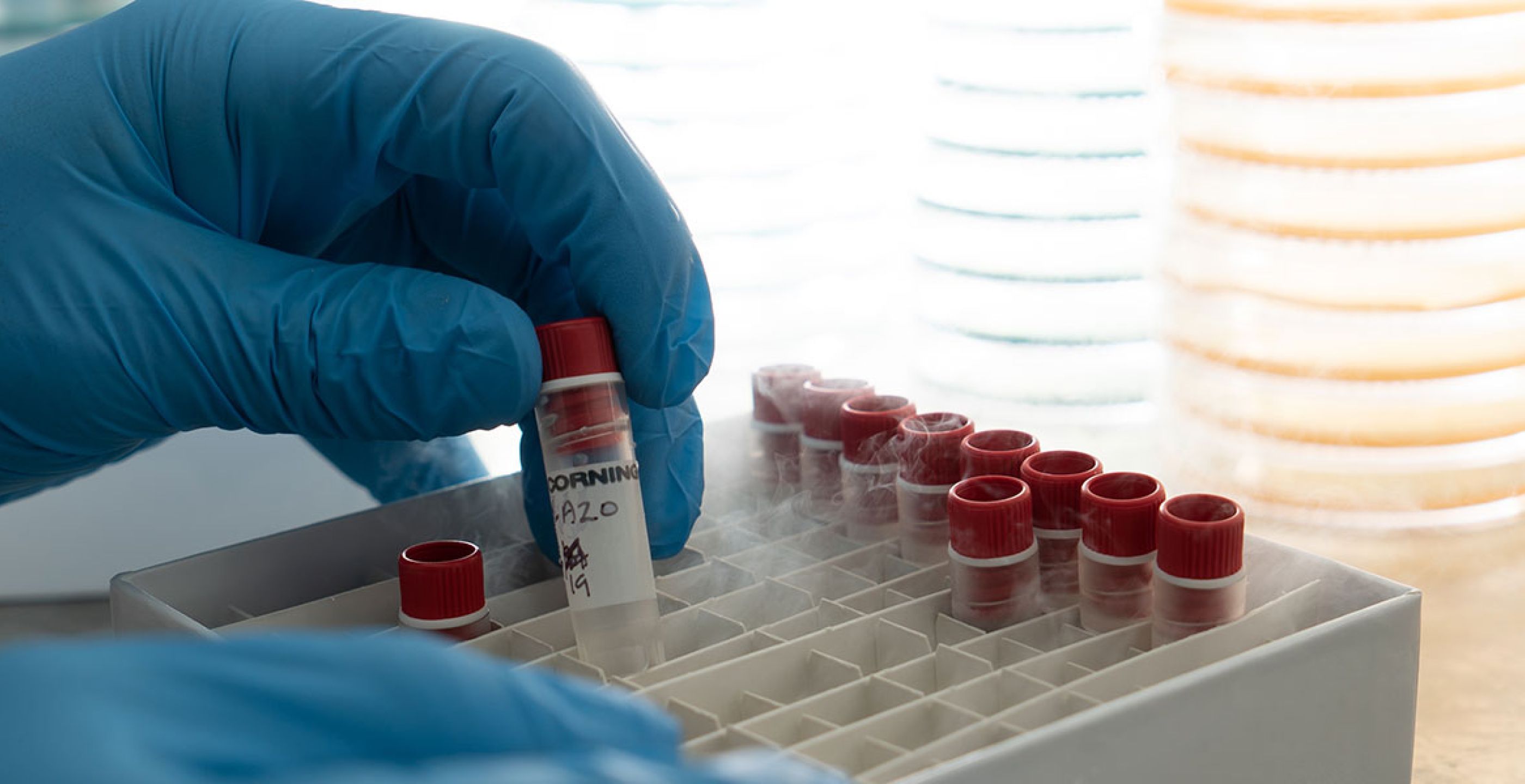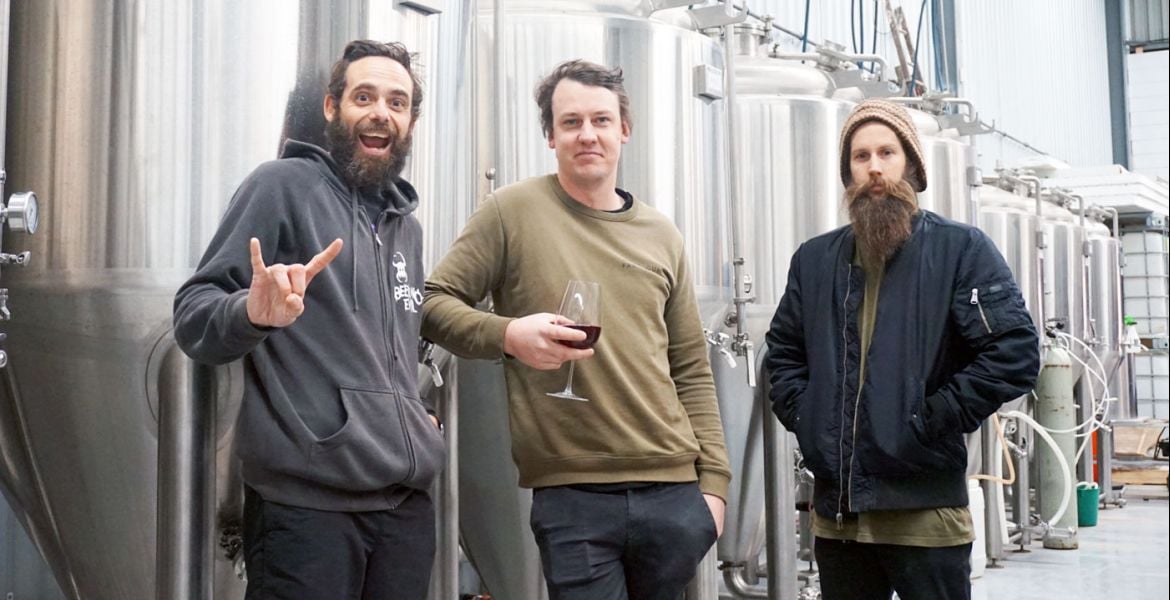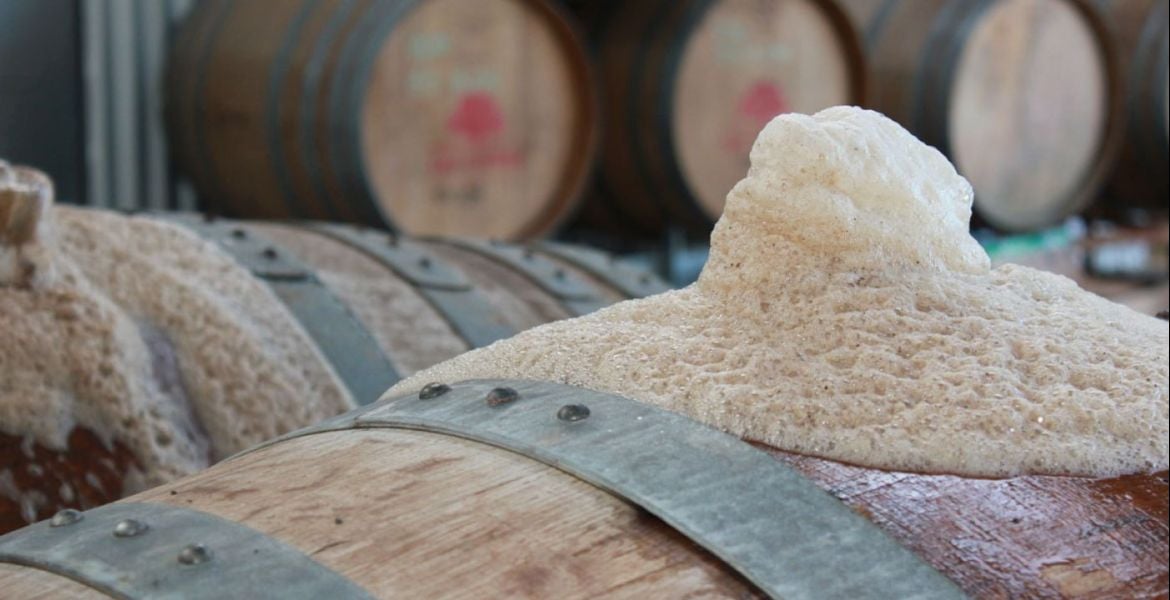Last week, we spoke to Chris White, a pioneer in the world of brewing yeast. While he's well into his third decade of innovation with multiple labs in the States and Denmark, there's a Melbourne-based operation at the very beginning of their journey...
Drink local, drink fresh. It's an oft-repeated phrase in craft beer and for good reason: beer tends to be best when consumed close to where it's brewed, in both physical and chronological terms.
It's one reason why the popularity of brewpubs has grown so rapidly in the last few years and why some suburbs and towns are now home to not just one local brewery but several.
On the supply side of the beer industry, the mantra of keeping things local has enabled small hop growers, maltsters and manufacturers to set up shop in support of small breweries. But local yeast manufacturing hasn’t witnessed the same sort of proliferation of small businesses, with the vast majority of the yeast used by Australian brewers imported, either in dried or liquid form.
Enter Bluestone Yeast, a Melbourne-based yeast company that’s the work of brothers Derek and Damien Lacey. Derek says the idea to start the business came to him in November 2017 when he was taking time off from his job as a medical researcher to look after his kids.
It gave him a chance to homebrew and, one morning, during his regular ritual of running and listening to beer podcasts, Derek was hit with an idea.
“There was a talk on there about the guys who set up Imperial Yeast in Portland, Oregon,” he says. “And while going for a run and listening to it I thought someone should set up a little yeast company here.”
If ever there were two brothers ready to launch an Australian yeast company, it’s Derek and Damien. With a PhD and years spent studying and working in medical research, Derek knows his way around a microscope and cell counts, while Damien is a manufacturing engineer who specialises in improving business efficiencies.
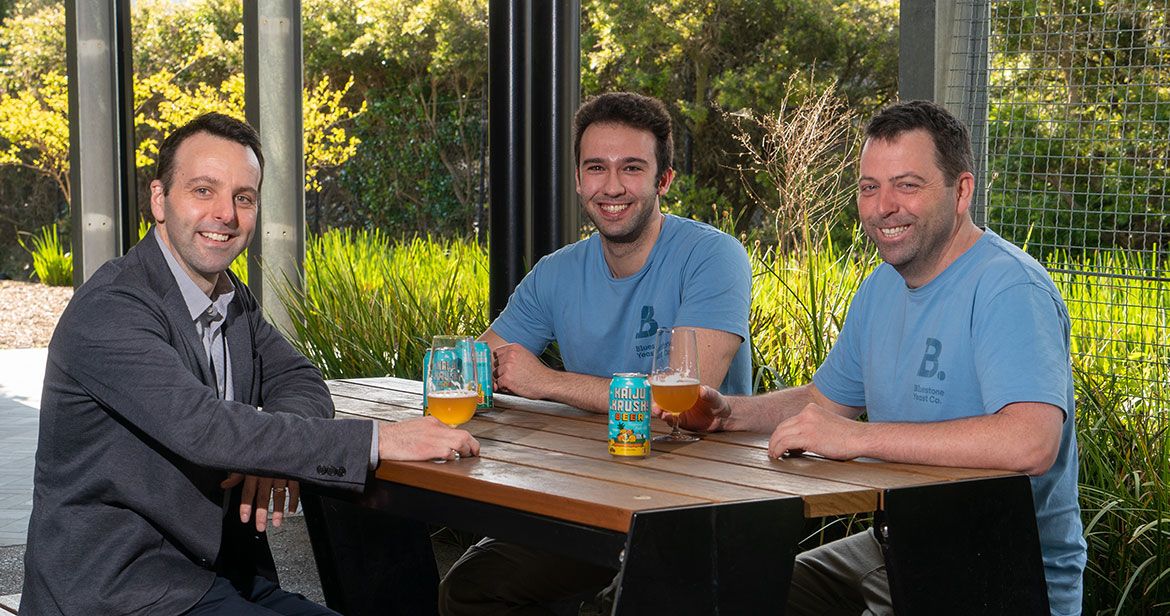
After a study trip to Oregon to tour the Imperial Yeast laboratory, the brothers bunkered down at the Eastern Innovation Business Centre – a kind of incubator for tech and science startups in Mulgrave – in August last year. Then, midway through this year, they started shipping their yeast to local brewers.
To create their liquid yeast strains – named after cities or regions connected to certain beer styles – Bluestone picks up biobank cultures from yeast archives across the world. In the Bluestone lab, each strain is grown, cared for and shipped cold to local breweries.
Currently, they're focusing on 16 different products: two lager strains and 14 for ales, with San Diego, an American ale strain, a big seller. Derek says they’ve been receiving a lot of interest for their kveik strain, too, and have been amassing more varieties since launching.
“We initially grabbed a list of strains that we thought would be popular,” he says. “But we’ve been adding to it all the time, so we’ve now got over a hundred strains.”
As the business grows, Derek says they plan to be able to regularly supply the country’s breweries and homebrewers, while they’re also in the early stages of sourcing wild yeast strains.
“That’s absolutely something we want to do, particularly from native ingredients.”
For now, Bluestone is facing a hurdle many breweries can relate too: they’re hitting capacity. The lab was designed to test the market for interest in local liquid yeast and, after discovering the interest is there, they’re looking to grow.
As to why they’ve decided to focus on liquid yeast, Derek says it performs better and faster, can be repitched more often, and offers brewers more diversity of flavour.
“You get a bigger selection of flavour profiles,” he says. “[Dried yeast] makes good beer but the flavour profile can be quite limited.”
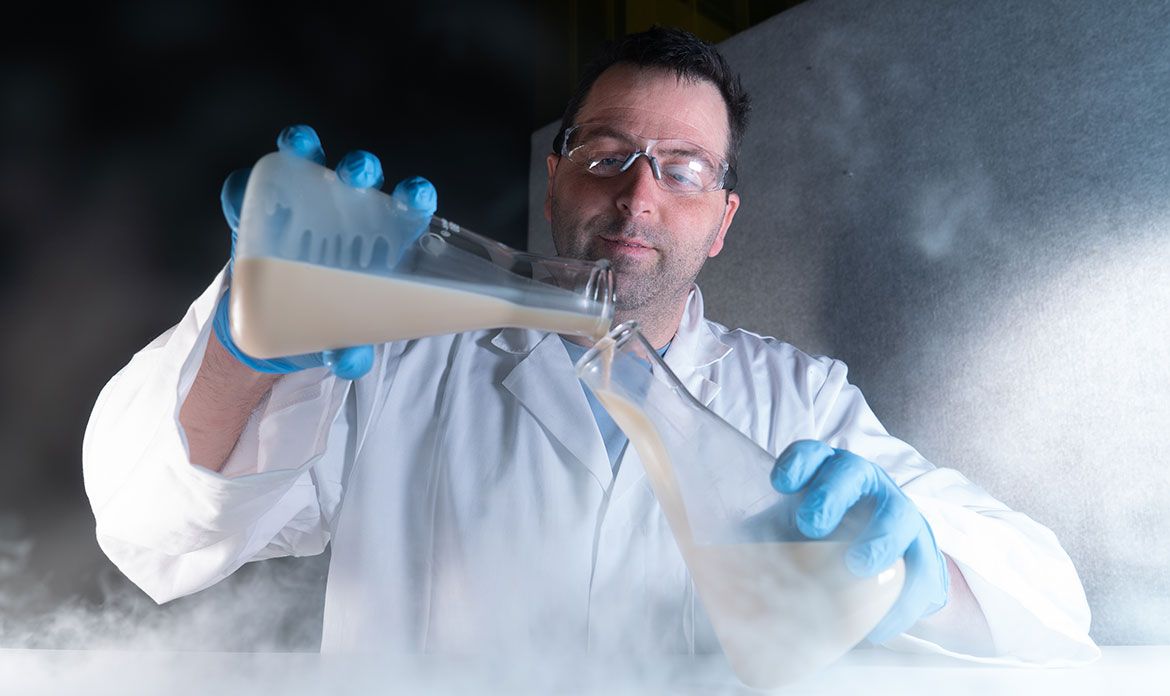
The fact Bluestone is based in Australia is Derek's other main selling point, claiming liquid yeast’s temperamental nature can make transporting it across the planet challenging.
“It’s a live product so when it starts to increase in temperature it starts to get active, it’s still a tiny bit active at four degrees but it becomes more active the more heat it gets; it starts to wake up.”
And, while bigger liquid yeast suppliers take great care with their product, he says the Australian Border Force can be a little less concerned about how soon a brewer might need their yeast – or how it should be stored.
“This was one of the pain points we wanted to solve for local brewers to be able to give them a really good product that is local and can get to them within one or two days,” Derek says.
It’s one of the problems that KAIJU!’s Nat Reeves has experienced, and one that led him to replacing the liquid yeast in their Krush with Bluestone’s San Diego strain.
“We had issues – not with White Labs – with FedEx and with getting the stuff quarantined,” Nat says. “Also, during summer, with it being the back of a van and us being the last delivery in the day, we had these exploded bags of yeast and dead yeast.”
Nat says he first heard about the new company from his Dandenong South brewery co-habitant Grum Knight, Exit Brewing’s co-founder and brewer. Both Exit and KAIJU! have switched some of their beers to Bluestone’s yeast, as too have soon-to-be-brewing neighbours, Wolf of the Willows.
“This is something I’d been talking about forever – that someone needed to do something like this,” Nat says. “But who could be bothered?”
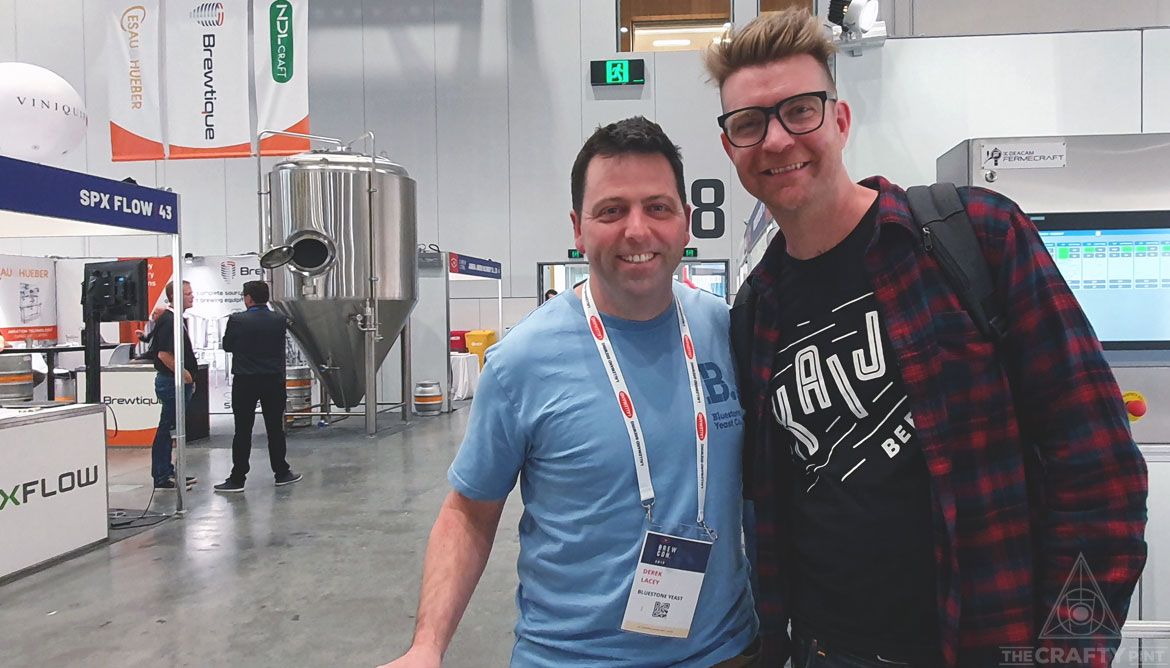
He says working with a local supplier has vastly improved his brew days.
“It’s easier because we have a definite date when we’re going to receive it, rather than having a definite date when it’s grown,” Nat says. “I’ve just been going to pick it up because they’re not far from us.
“We know the day it’s come out of the tank and that it’s ready to go and we have full control over how it’s handled.”
As for its performance, he says: “Fermentation is about the same time, conditioning time is far shorter, and we’re getting heaps of generations out of them.
“We’re getting heaps of reuse out of it so we’re getting more tanks out of it. So the actual yeast is costing us very little.”
In a craft beer market that’s both growing and maturing, Nat says it's becoming increasingly important to ensure every moment in your brew day is on point.
“The beer drinkers these days are a lot more discerning than they used to be,” he says, stating he's happier with their fermentation than they've ever been.
“Hop forward beers are still the thing but people do know when a fermentation sucks and when it doesn’t. Five years ago, people didn’t.”
It's early days for Bluestone, but they've enjoyed a warm reception from Nat and other brewers who've jumped onto their product early.
“That kind of blew us away," Derek says. "You hope you make a good product but you don’t really know until someone tells you it’s working well.”
Photos without The Crafty Pint watermark are courtesy of Glenn Biclar at Alba Prime.
You can view other entries in The Collaborators series, which focuses on people working in and around the beer industry, here. You'll find a range of beer businesses in our Business Directory too.



